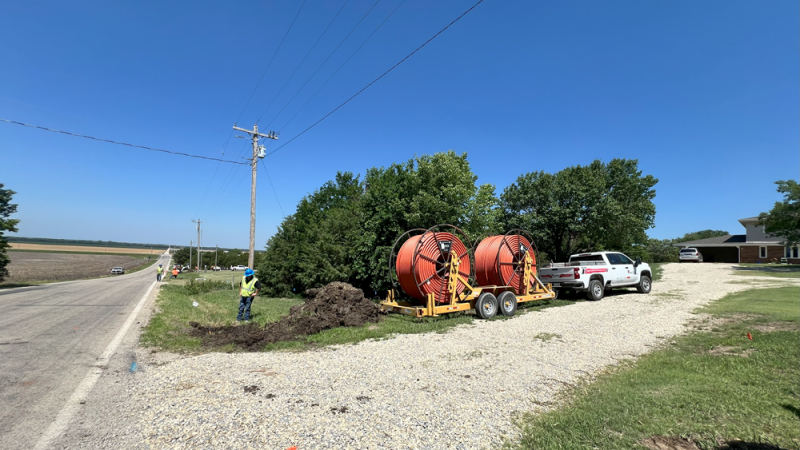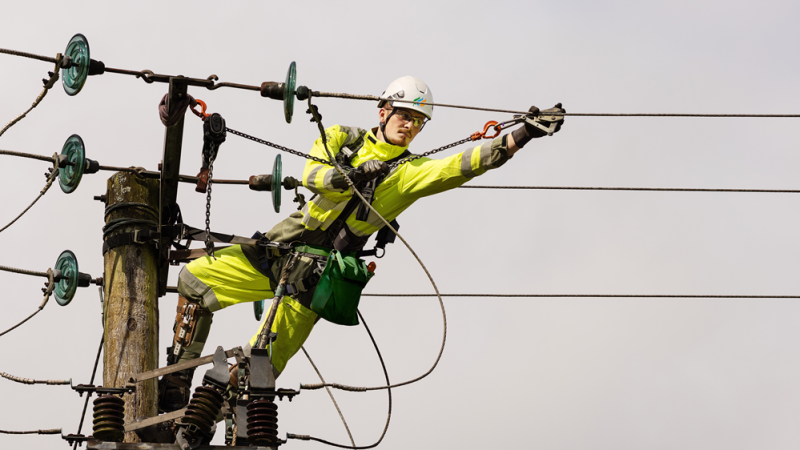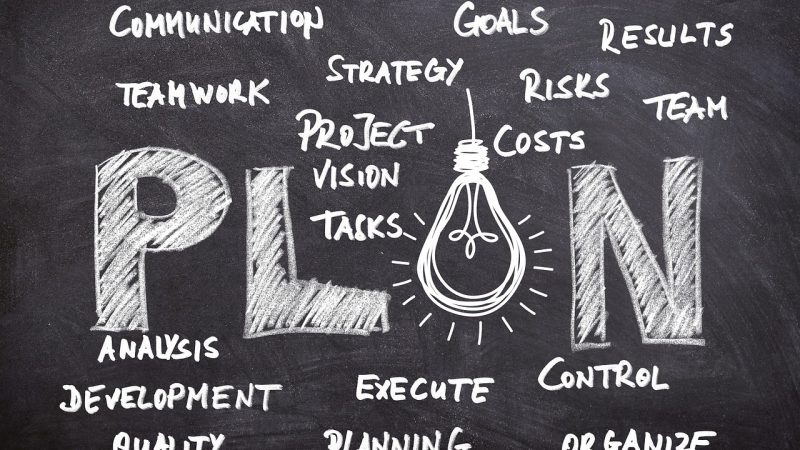Think of the countless instances when ambiguity played tricks with perceptions, leading us down paths of doubt and confusion. As the layers unfold in the subsequent sections, we’ll delve deeper into the intricate dance of errors and intentional fraud, examining how each manifests and impacts our judgment.
Life, in its unpredictable nature, has a way of presenting us with situations – many of which are not always black and white. So, where does one draw the boundary between an innocent error and a calculated fraud? It’s a thought worth pondering.
The Subtle Nuances of Mistakes and Misdeeds
We’ve all been there: a misplaced document, a miscalculated figure, or even a miscommunicated message. These are errors—often born from oversight or lack of information, some are easily done and with no malicious intent. But when does a mistake cross over into the realm of deceit? Knowing the difference will help businesses and individuals to respond accordingly.
To understand this, we need to strip back and examine the intentions behind the actions.
Error vs. Fraud
Errors can be visualised as unintended ripples in a calm pool of water, often resulting from inattention, misunderstanding, or sheer accident. For instance, it could be a typo when putting in figures for a monthly cost total. In contrast, fraud is the stormy wave orchestrated with an intent to deceive. It’s a deliberate act designed for personal or professional gain, often shrouded in layers of misinformation. For example, deliberately changing the figures for a monthly cost total to financially benefit the individual.
The Stakes of Misinterpretation
The repercussions of mistaking an error for fraud are vast. Imagine being wrongly accused due to a simple oversight; the emotional turmoil can be overwhelming. Such misconceptions can tarnish reputations, strain relationships, and even result in unwarranted legal consequences. Hence, it’s imperative to tread cautiously and be discerning in our judgments.
The Role of Fraud Lawyers in Clarifying the Blurred Lines
During these tumultuous times, the support and guidance of fraud lawyers can make a remarkable difference. These professionals are trained to dissect situations with a fine-tooth comb, helping to differentiate genuine errors from intentional deceit. Their expertise offers clarity in muddy waters, ensuring justice prevails and misunderstandings are rectified.
When Does an Error Signal Fraud?
Discerning fraud from a genuine error can be a meticulous task. Here are some indicators:
- Consistency of Errors: One-off mistakes are common, but a pattern of errors might hint at something more deliberate.
- Hidden Information: Deliberate attempts to conceal information can be a warning sign.
- Unusual Financial Activities: Keep an eye out for suspicious transactions or changes in financial behaviour.
But remember, it’s vital to approach situations with an open mind being vigilant without jumping to conclusions.
Avoiding Ambiguity and Promoting Transparency
Promoting clarity and transparency is paramount. This can be achieved through open communication, where dialogue is encouraged to help clear doubts and misunderstandings. Alongside this, keep records of all activities and decisions to avoid disputes further down the line. These records can be supportive evidence that could be needed when dealing with claims. Lastly, ensure you remain updated with current practices and be aware of common pitfalls. Adopting these practices can significantly reduce the chances of their actions being misinterpreted.
Embracing a Balanced Perspective
The dance between unintentional errors and deliberate fraud is intricate and multifaceted. With the right perspective and tools at our disposal, we can ensure justice and understanding always prevail.







